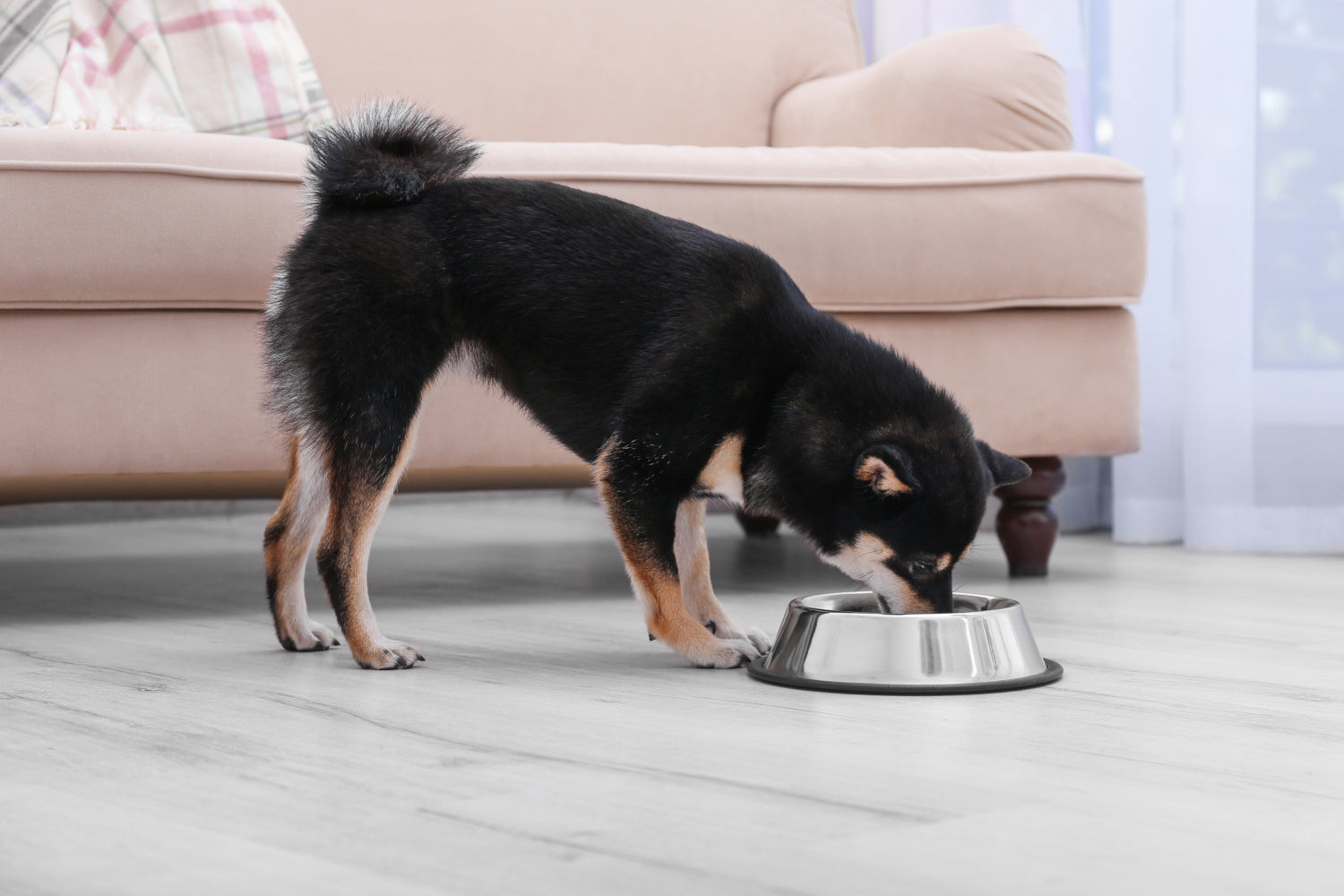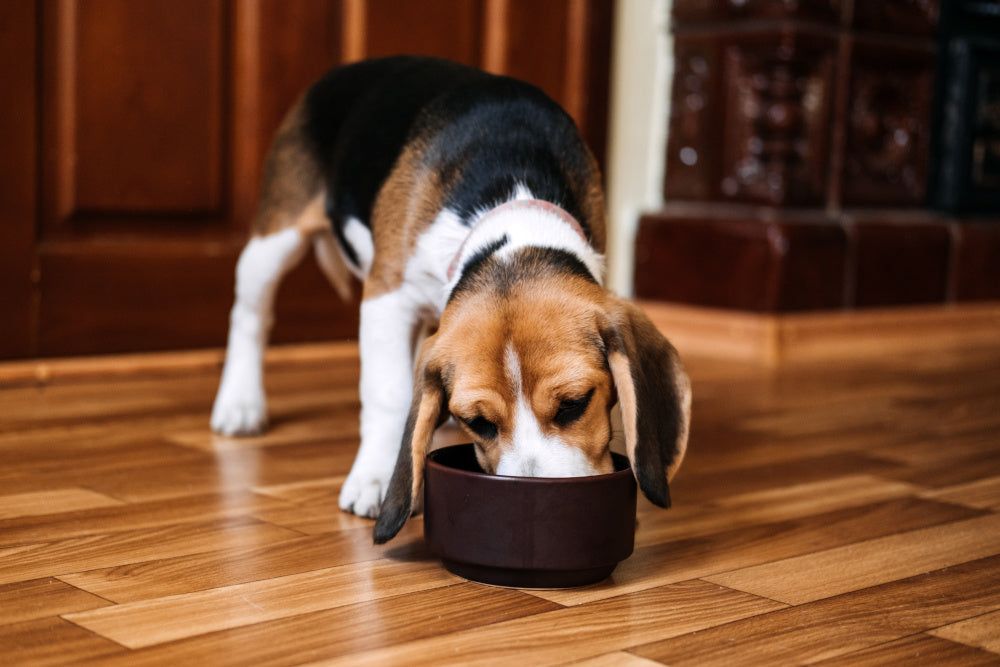Kibble is still the go-to option for many dog owners—it’s convenient, widely available, and often affordable. But it's far from the only choice. If you're looking to move away from traditional dry kibble, there are several alternatives worth considering.
Some options offer more nutrition. Others offer more convenience. A few can give you both.

1. Cold-Pressed Dog Food
Let’s start with the option that strikes the best balance of nutrition, convenience, and simplicity: cold-pressed dog food. Unlike traditional kibble, cold-pressed food is made with natural ingredients that are gently cooked at low temperatures to help retain nutrients and flavor. It’s then pressed into bite-sized pieces without using high-heat extrusion.
Think of it as a better version of kibble—no fillers, no artificial stuff, and much easier to digest. It’s a smart pick for pet parents who want to avoid the downsides of dry food without overhauling their entire routine.
Nextrition cold-pressed dog food is a good example. We use real meat like chicken, lamb, beef, or salmon, paired with healthy grains, fruits, and vegetables. It’s nutritionally dense, easy on the stomach, and ready to scoop and serve.
2. Homemade Dog Food
Making your dog’s food from scratch gives you full control over ingredients, but it also comes with a learning curve. A good homemade recipe typically includes lean meats or poultry, whole grains, vegetables, and healthy fats like fish oil or flaxseed.
That said, this approach takes time—and it's important to make sure you're meeting your dog’s full nutritional needs. If you’re going this route, consult your vet or a pet nutritionist for guidance.
3. Dehydrated or Freeze-Dried Food
These types of food are minimally processed and retain much of their original nutritional value. They’re lightweight, shelf-stable, and typically rehydrated with water before serving.
The plus: no preservatives, less processing, and better nutrition than kibble. The downside? You’ll need to do a bit of math at mealtime to get portions right, and rehydrating takes a few extra minutes.
4. Raw Diets
A raw food diet mimics what a dog might eat in the wild—raw meat, organs, bones, and the occasional fruit or vegetable. Advocates say it’s the most natural way to feed a dog, and when done properly, it can work well.
But raw feeding comes with risks. You’ll need to source high-quality, fresh ingredients, prep every meal, and take food safety seriously to avoid contamination or nutritional imbalances. It’s a high-effort, high-reward option that isn’t right for everyone.
The Bottom Line
You’ve got options when it comes to non-kibble dog food. What matters most is choosing a food that works for your dog’s health—and your lifestyle. If you’re looking for a simple switch that offers better nutrition without extra hassle, cold-pressed food like Nextrition might be the right fit.
Want to see how it compares? You can always start with a trial pack and let your dog decide.





